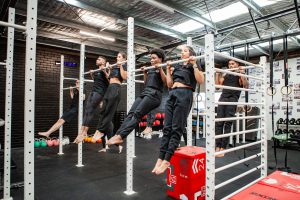
How Long Does It Actually Take to Get a Pull-Up? (With Stats)
estimated Read Time: 3 Minutes Why You Still Don’t Have a Pull-Up Pull-Ups are one of the most misunderstood movements in Bodyweight and Calisthenics training.
You don’t need to train Front Levers to improve your Front Lever.
You don’t need to train the Pancake to improve your Pancake.
…kind of… let me try explain.
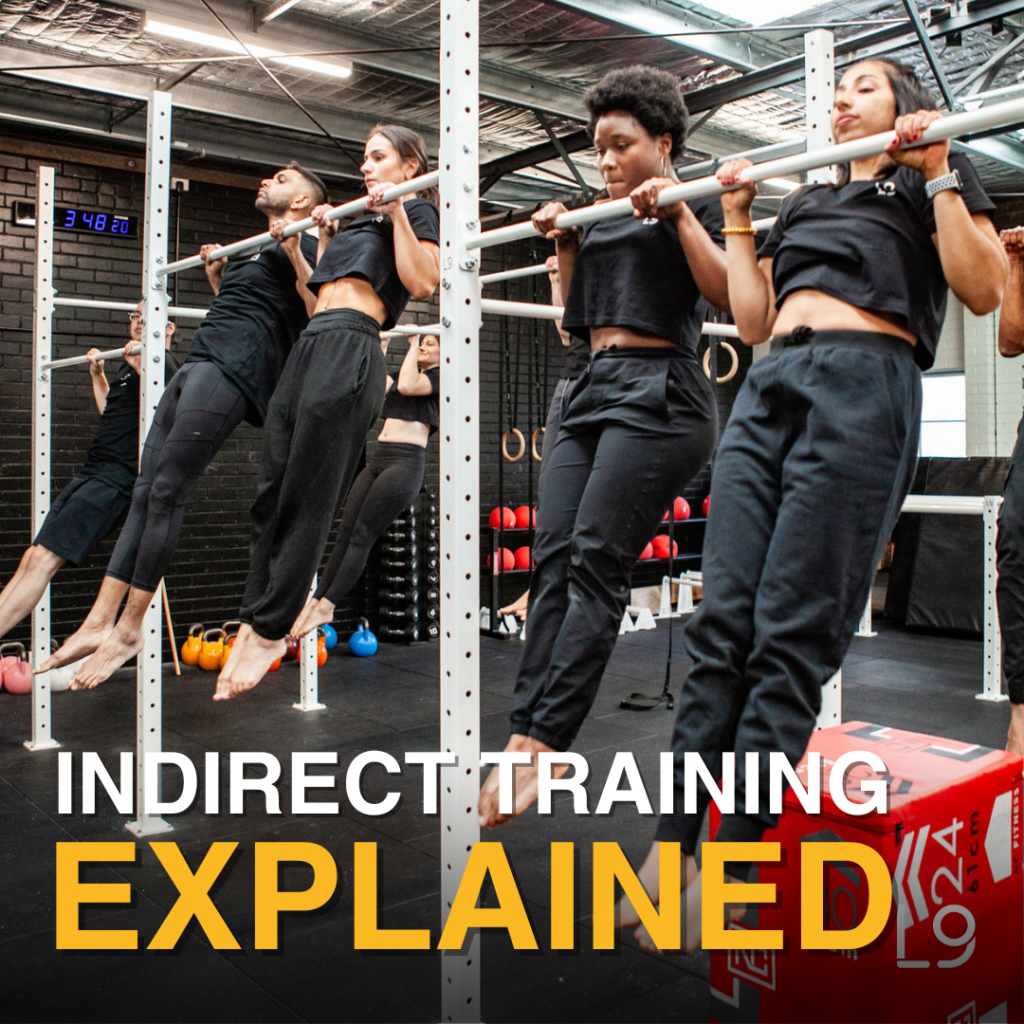
In the world of fitness, unlocking your body’s potential means understanding the science behind effective training methodologies. One crucial concept, indirect training, holds the key to maximising gains while minimising time investment in bodyweight fitness. At L9 Fitness, we tend to prioritise major compound movements & stretches for optimising results.
Indirect training revolves around prioritising primary movements that engage multiple muscle groups and training methodologies simultaneously. In bodyweight fitness & calisthenics, this translates into focusing on compound exercises like pull-ups, dips, and squats. These powerhouse movements not only build strength and muscle mass but also indirectly enhance a myriad of other skills and exercises.
Pull-Ups and Rows: Building the Foundation for the Front Lever: The front lever is an advanced bodyweight skill demanding exceptional core and upper body strength, as well as precise body control. By incorporating pull-ups and rows into your routine, you target the same muscle groups required for the front lever, including the lats, shoulders, and core. Progressively challenging these exercises indirectly develops the strength and stability necessary for mastering the front lever. Additionally, the isometric hold in the top position of a pull-up mirrors the posture of the front lever, making it an invaluable exercise for building requisite strength and body awareness.
Training for Side Splits and the Pancake Stretch: Achieving side splits (or middle splits) hinges on flexibility in the adductors, hamstrings, and hip flexors. While side splits primarily target adductors, the pancake stretch focuses on opening up the hips and groin area, enhancing overall lower body flexibility and range of motion. By prioritising training for side splits, you indirectly improve flexibility in muscles vital for the pancake stretch and vice versa. Both exercises necessitate similar hip mobility and flexibility, making them synergistic components of a comprehensive flexibility routine.
In addition to strength training and flexibility, balance and coordination are paramount in bodyweight fitness. Moves like handstands and planches demand not only strength but also proprioception and body awareness, indirectly improved through consistent training of compound movements like push-ups and dips.
For beginners, start by mastering fundamental compound movements while gradually incorporating stretches to enhance flexibility. As you progress, maintain focus on form and technique to maximise effectiveness and prevent injury.
Advanced L9 members should continually challenge themselves by exploring advanced variations of compound exercises and stretches. Experiment with different progressions and incorporate them into your L9 Program sessions to continually push boundaries and reach new heights in bodyweight fitness.
At L9 Fitness, our programs are meticulously crafted to embrace a holistic training approach, seamlessly integrating compound movements and stretches to optimise performance while mitigating injury risk. Whether you’re a novice or a seasoned enthusiast, All our programs can be scaled to offer the scalability and customisation to cater to individual needs and aspirations.
In conclusion, mastering the art of indirect training in bodyweight fitness holds the key to unlocking your full potential. By prioritising compound movements and stretches, you’ll not only maximise gains but also minimise time investment, paving the path for enduring success and mastery in bodyweight fitness.
So… what do you do if there is a skill or an ability you wish to unlock quickly? How do you apply the more conventional Direct Training approach within the L9 System?
Remember, Calisthenics is easy. By definition, anything you can get good at with just a few hours practice a week can’t be hard… at least that’s what I tell myself everyday.

estimated Read Time: 3 Minutes Why You Still Don’t Have a Pull-Up Pull-Ups are one of the most misunderstood movements in Bodyweight and Calisthenics training.
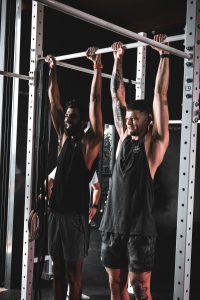
Everyone experiences DOMS (Delayed Onset Muscle Soreness) eventually! Its a side-effect of working out and pushing hard. Essentially your muscles are sore because So what’s
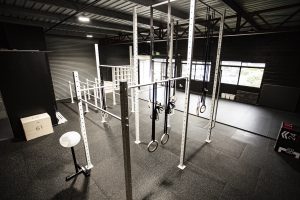
estimated Read Time: 3 Minutes Why People Quit So Fast Most people who start calisthenics quit within weeks.Why? Because it looks easy on Instagram… and
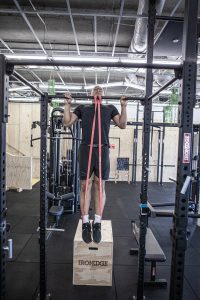
estimated Read Time: 3 Minutes The Band is a Lie Why You’re Not Progressing — And What to Do Instead Most people think bands help